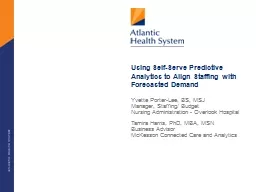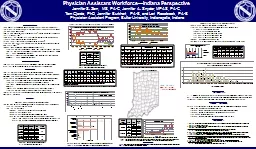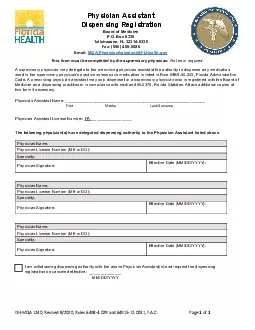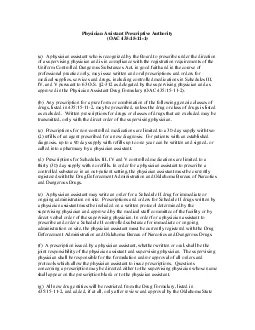PPT-Physician’s Assistant Staffing and Best Practice Analysis in Otolaryngology and Urology
Author : giovanna-bartolotta | Published Date : 2018-10-30
Final Presentation December 13th 2016 IOE 481 Team 9 Karina Hudak Rachel Katz Erica Segre Erin Winn Agenda Introduction Findings Methods Conclusions Introduction
Presentation Embed Code
Download Presentation
Download Presentation The PPT/PDF document "Physician’s Assistant Staffing and Bes..." is the property of its rightful owner. Permission is granted to download and print the materials on this website for personal, non-commercial use only, and to display it on your personal computer provided you do not modify the materials and that you retain all copyright notices contained in the materials. By downloading content from our website, you accept the terms of this agreement.
Physician’s Assistant Staffing and Best Practice Analysis in Otolaryngology and Urology: Transcript
Download Rules Of Document
"Physician’s Assistant Staffing and Best Practice Analysis in Otolaryngology and Urology"The content belongs to its owner. You may download and print it for personal use, without modification, and keep all copyright notices. By downloading, you agree to these terms.
Related Documents














